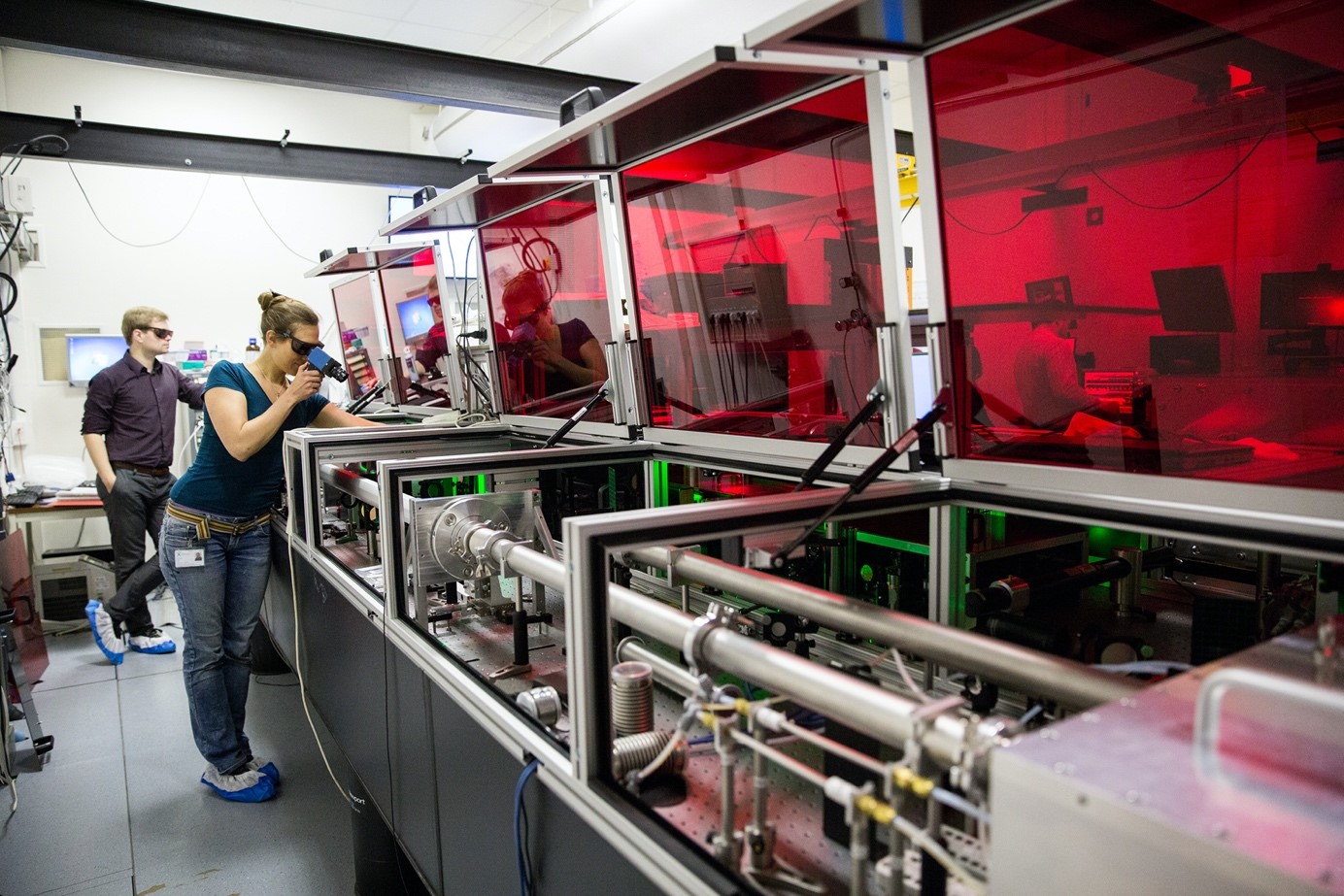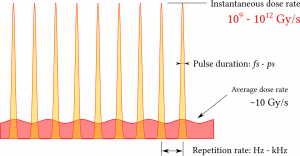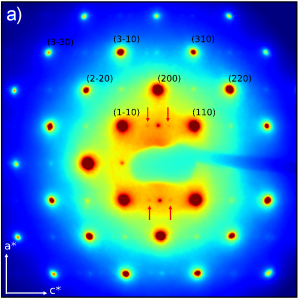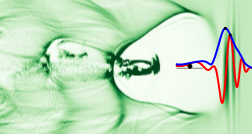Development and APPLIcation of ultrashort electron and light source
The APPLI group was created in 2013. We combine broad expertise from two different fields of physics: (i) ultrafast dynamics in condensed matter, (ii) and the field of relativistic laser-plasma interaction. We rely on pump-probe experiments with photons and/or electrons as probes for studying the dynamics of matter on very short time scales (femtosecond). With the help of these tools, we attempt to bring new insights into materials such as ultrafast switches, materials for solar energy… At the fundamental level, we are interested in the dynamics of phase transitions in out-of-equilibrium conditions and in the interplay between various degrees of freedom (spins, carriers, lattice) in complex materials.
Half of the group is also dedicating research efforts toward the development of new experimental tools to achieve these goals. In particular, we are developing a new technology called “laser-plasma acceleration” for creating ultrashort pulses of electrons and X-rays. Laser-plasma accelerators are based on the interaction of an ultra-high intensity laser pulse with an underdense plasma. The laser pulse generates plasma waves that accelerate electrons to relativistic energies in micrometer distances, thereby producing femtosecond electron bunches. Our group is currently working on a high-repetition rate laser-plasma accelerator (kHz repetition rate), with parameters relevant for probing materials on atomics spatial and temporal scales.The group is exploring the physics of laser-plasma accelerators as well as its potential applications in ultrafast dynamics but also medical applications.

RECENT AND CURRENT RESEARCH PROJECTS

Radiation biology with laser-accelerated particles
Radiation biology with laser-accelerated particles Laser-created plasmas can be used as a medium for particle acceleration. Thanks to the extremely

Ultrafast Electron Diffraction
Utrafast Electron Diffraction Figure: electron diffraction pattern obtained on a GdTe3 sample at T=155 K. The red arrows point toward

Development of a kHz laser-plasma accelerator
Development of a kHz laser-plasma accelerator Figure: PIC simulation of the interaction of a single-cycle laser pulse (red curve) with
Team members:
Jérôme Faure, Research Director CNRS
Alessandro Flacco, Associate Professor at ENSTA
Aline Vernier, Research Engineer at Ecole Polytechnique
Igor Andriyash, Research Engineer at CNRS
Slava Smartsev, Postdoc
Joséphine Monzac, PhD student
Camilla Giaccaglia, PhD student
Pierre Larmonier, PhD student
Chaitanya Varma, PhD student
Alumni:
- PhD Students:
Yannick Glinec, PhD 2006, now research engineer at Carestream
Clément Rechatin, PhD 2009, now scientist at AREVA
Benoit Beaurepaire, PhD in 2016, now engineer at THALES LASER
Maxence Thévenet, PhD 2016, now scientist at DESY
Dominykas Gustas, PhD 2019, now design engineer at ASML
Isabel Gonzalez Vallejo, PhD 2019, now postdoc at MBI, Berlin
Neil Zaim, PhD 2019, now postdoc at CEA Saclay
Lucas Rovige, PhD 2022, now postdoc at UCLA
- Postdocs:
Henri Vincenti (2013-2014), now researcher at CEA Saclay
Geoffrey Gallé (2013-2016), now engineer at ARDOP
Diego Guénot (2015-2017), now scientist at Lund Laser Center, Sweden
Catherine Leblanc, Research Enginer at CNRS, now at APOLLON
Julius Huijts (2019-2022), now postdoc at Eindhoven University of Technology


